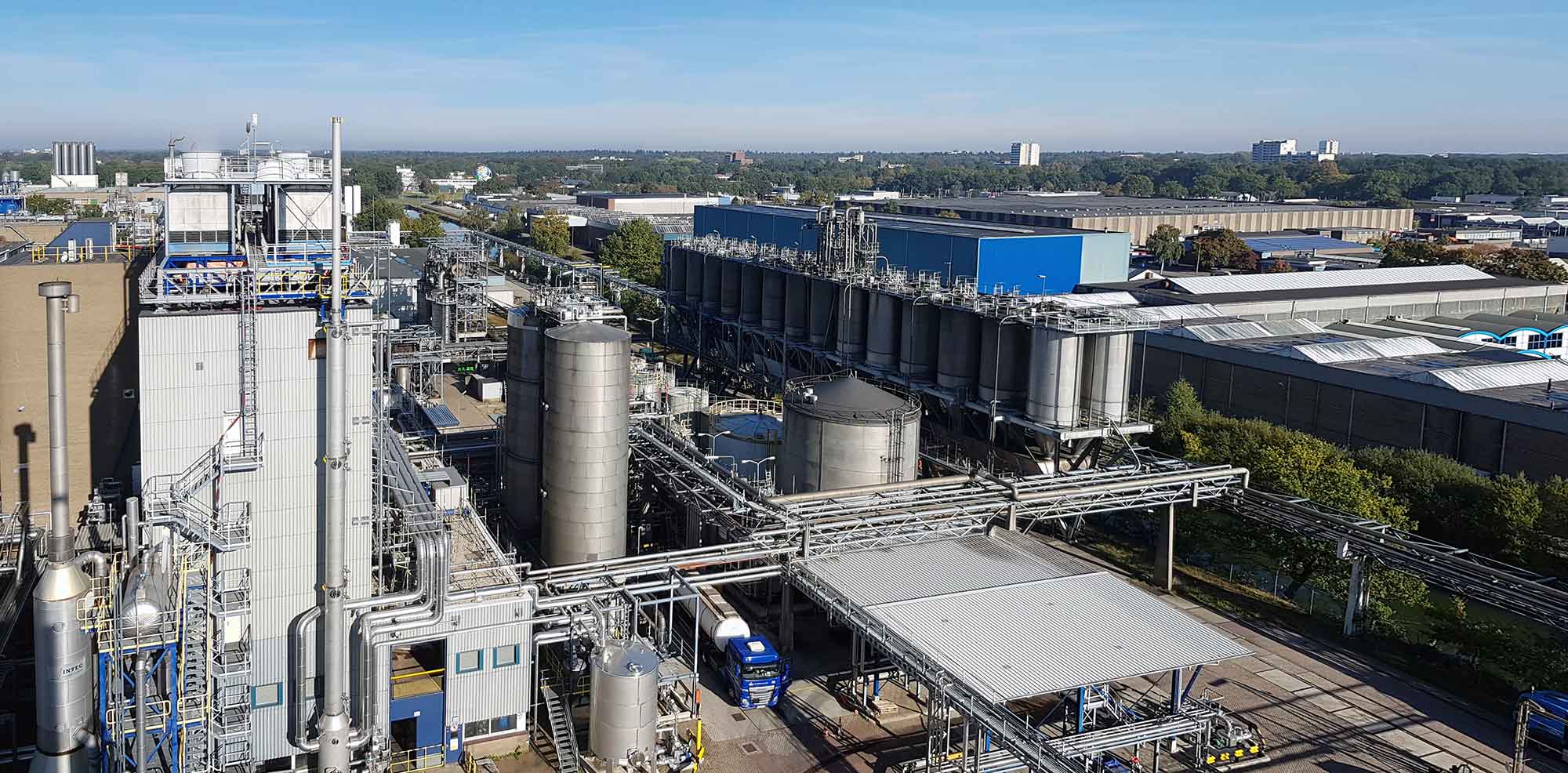PHA is in the spotlight as a sustainable alternative to fossil and bio-based non-degradable plastics. Cor Kamminga, Coordinator of the Green Chemistry Task Force in Chemport Europe: “The interesting thing about PHA is that it breaks down in a natural environment, in both wet and dry conditions and at low temperatures. So it can play a role in circumstances where degradability in nature is important, like applications in agriculture and horticulture or in soil reinforcement. PLA is less suitable for this, because it needs an industrial composting environment to be able to degrade.”
PHA is already used in medical applications. These include scaffolds for bone constructions or sutures that break down in the body and so do not need to be removed afterwards. Another interesting application of PHA is its use in cosmetic products, such as microspheres in body scrubs, which end up mainly in the oceans through sewerage systems. “Making these materials from PHA will prevent the further growth of the plastic soup.”
Other approaches
PHA is currently produced industrially mainly from palm oil, but several studies are underway to create it from more sustainable raw materials. In one example, Dutch water boards are currently working on the development of PHA variants from sewage sludge. Swedish projects are underway on residual streams from the paper and pulp industry. But biomass streams that are plentiful in the Northern Netherlands, such as sugar beet, can also serve as feedstock.
“The current focus of PHA research is strongly into raw materials and their conversion into PHA,” notes Kamminga. “We’re choosing a different approach route, devoting particular attention to the companies that want to get started with it and want to run production. The market is increasingly asking companies in the Chemical Cluster Emmen, which specialise in biopolymers, whether they can make products from PHA. So our main question is whether you can use PHA for spinning, injection moulding, blow moulding or to make filaments for 3D printing.” One problem is crucial here: PHA crystallises very slowly, making it uneconomic to use in some technical applications.
“What we’re aiming for is not to replace the machines, but to adapt the PHA at an early stage so that it becomes suitable for processing on existing equipment. We went to Potsdam in September last year with a delegation from Emmen, to discuss these possibilities with our colleagues from the Cluster Kunststoffe und Chemie Brandenburg. From there we contacted the Fraunhofer Institute and the Berlin Institute of Technology, which are conducting research to influence PHA in such a way as to make it suitable for use in a range of technical environments.”
The German knowledge institutes have already identified possible solutions for this. “There are in fact sufficient indications that we will be able to tackle this in the foreseeable future, making the material suitable for processing with a wide range of equipment. This is why the Emmen companies want to cooperate with these organisations.”
International consortium
The result is an international consortium currently operating under the working title ‘Application-driven R&D on PHA’. Dutch partners include HP Moulding, Senbis, NHL Stenden and the University of Groningen. A number of companies are also planning to join.
On the German side, Fraunhofer and the Berlin Institute of Technology are involved in the technology and treatment of the material; a number of German companies are also interested in joining. From Central Sweden it’s mainly the Paper Province, a cluster organisation of and for the paper and pulp industry, and Karlstad University, which are involved.
A financing proposal for the project is being prepared by the Bio-Based Industries Joint Undertaking within the framework of the Horizon 2020 programme. To underline the importance, representatives of the consortium will also be present in October at the EUWRC 2019, the European Week of Regions and Cities, in Brussels.
Short lines
What makes the Chemport Europe region ideal for working on this initiative? Kamminga: “We have the drive and expertise to work with biopolymers on a commercial scale. We also have an organisational structure with short lines of communication, where both the knowledge institutes and the companies are already accustomed to working together actively and stimulating each other to do so. Despite the fact that Chemport Europe has only been in existence for two years, it has taken a great leap forward in identifying new opportunities. And things can go pretty quickly, because contact is made fairly quickly. In particular, the way we work together means that we can be decisive as Chemport, and can play an active part. That creates a great deal of enthusiasm and eagerness to work together on all sides of the consortium!”
This article was written in cooperation with Chemport Europe.




